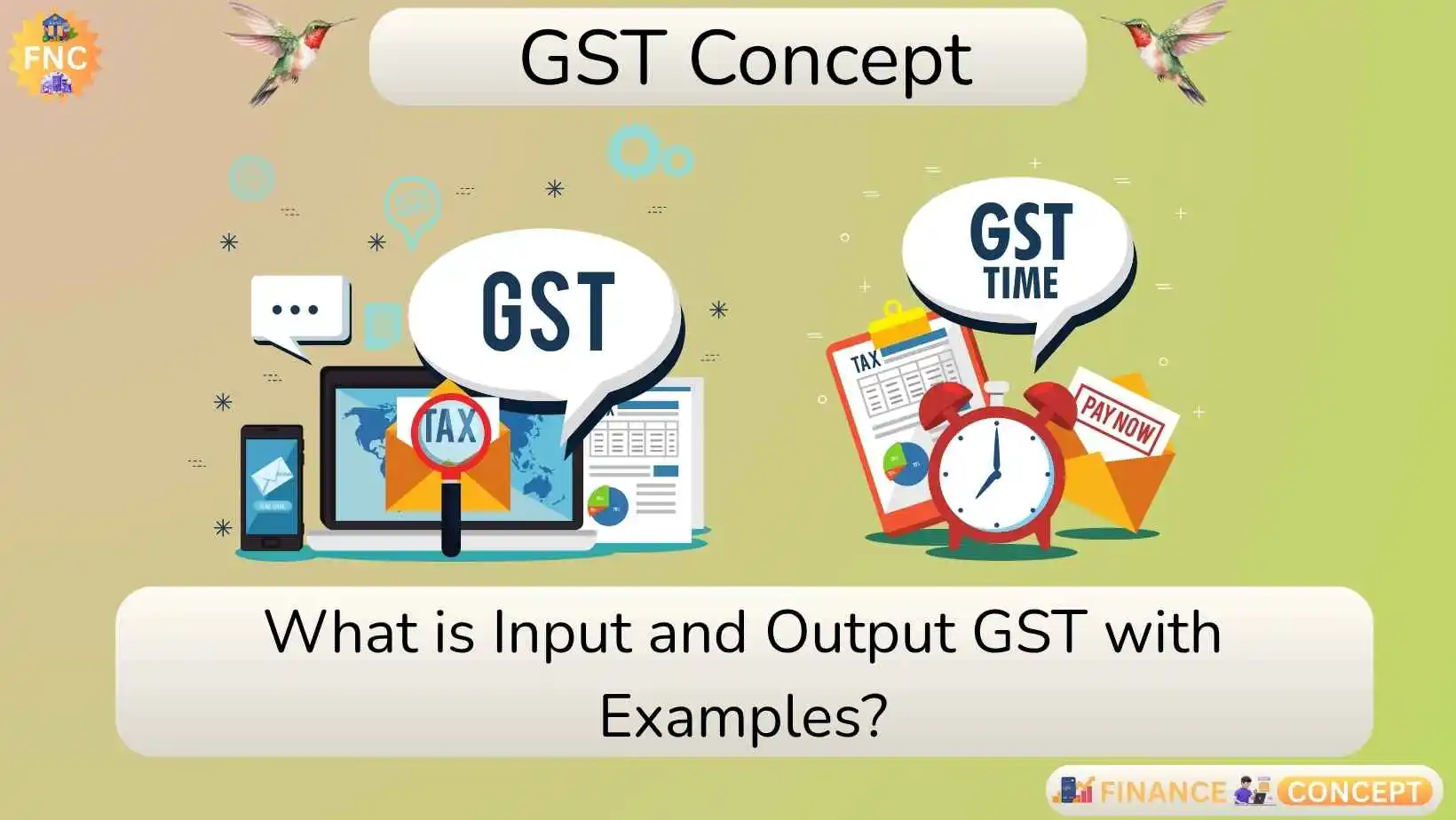In this article, we will understand what input and output GST are and how they work. We will also try to explain this topic to you clearly with the help of 2 examples.
What is Input GST?
When you buy goods, the tax levied on you is called Input GST or Input Tax.
The goods you purchase are called inward supplies.
Let’s understand with an example –
Example 1
If you purchased goods worth ₹2,000 that are subject to 18% GST, then –
- SGST (9%) = ₹180
- CGST (9%) = ₹180
This means a total GST of Rs 360 was levied. Now if this GST is levied on purchasing goods, then this Rs 360 will be called input GST.
Input GST is debit or credit?
Input GST is a debit. It is recorded as a debit entry when a business purchases goods or services and pays Goods and Services Tax (GST) on the transaction.
What is Output GST?
When you sell goods, the tax levied on them is called Output GST or Output Tax.
The goods you sell are called outward supplies.
Let’s understand with an example –
Example 2
If you sold goods worth ₹5,000 that attract 18% GST, then:
- SGST (9%) = ₹450
- CGST (9%) = ₹450
This means a total GST of ₹900 is charged. If this GST applies to the goods sold, this ₹900 is called output GST.
Output CGST is debit or credit?
Output CGST is recorded as a credit. This is because it represents a liability—tax collected from a customer on sales that must be remitted to the government.
